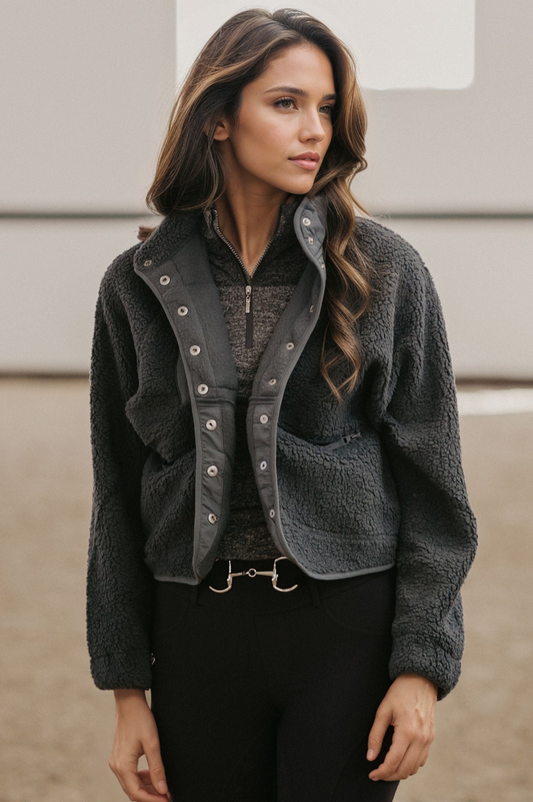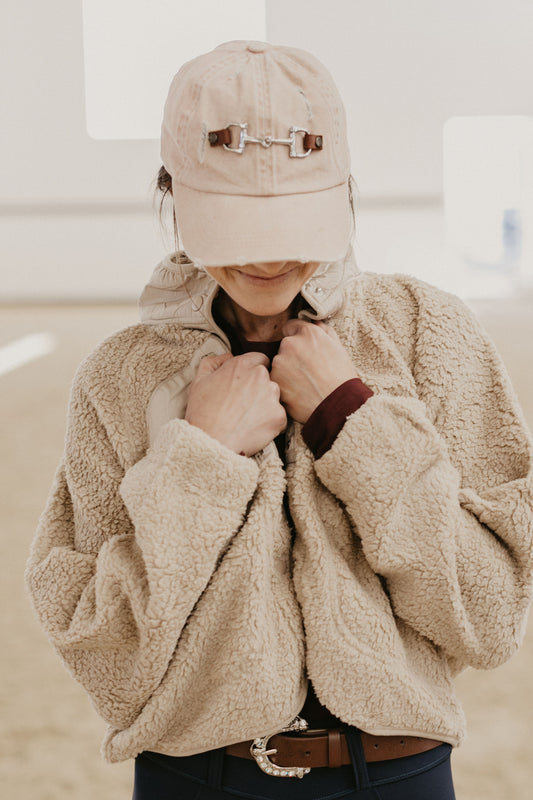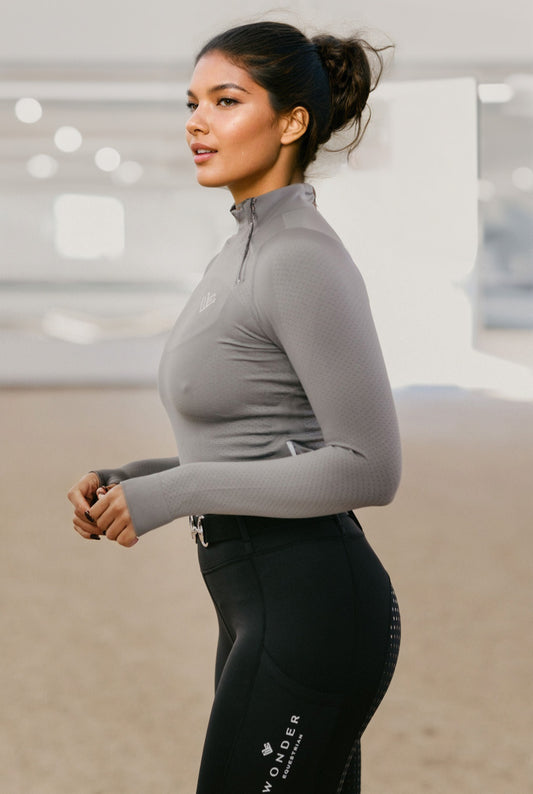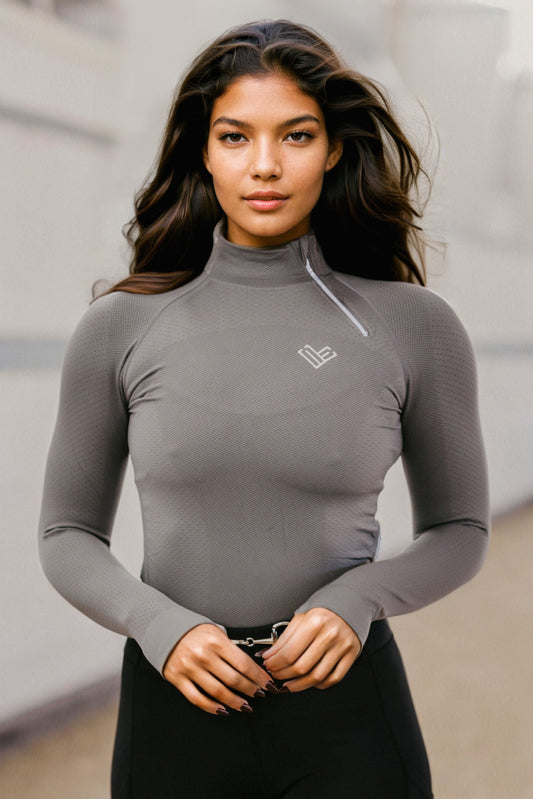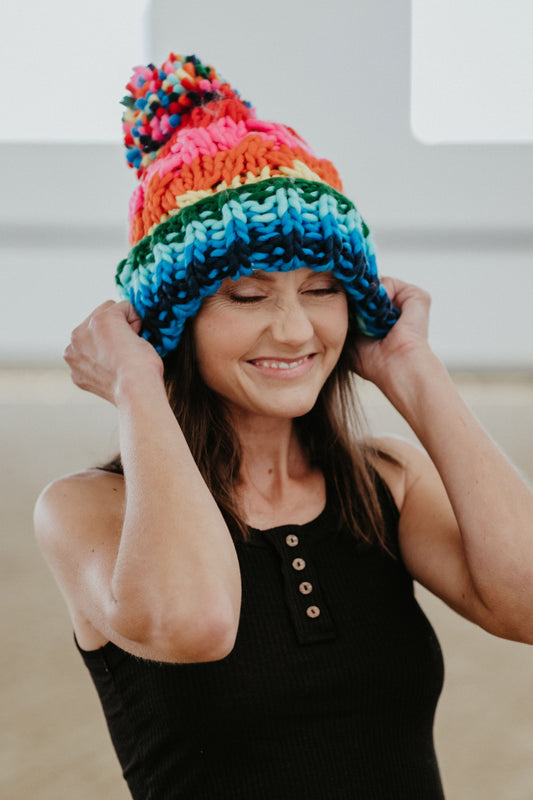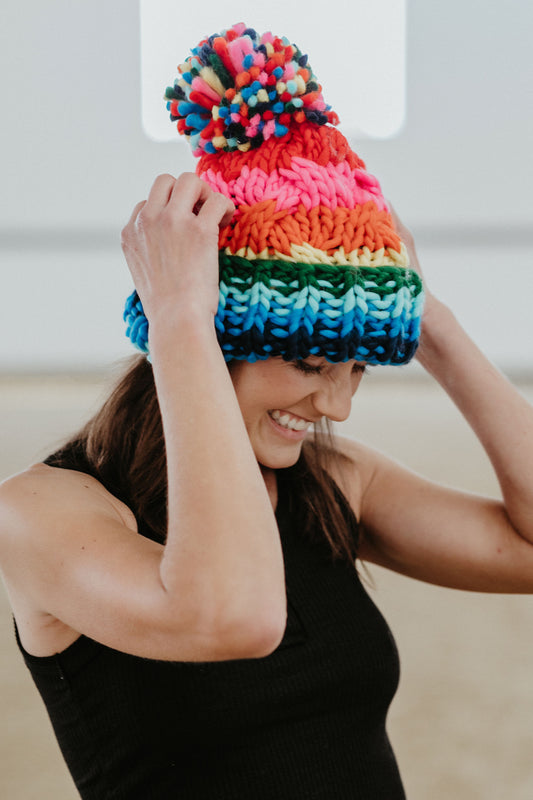The Origins of English Horseback Riding Attire
The history of English horseback riding attire is deeply intertwined with both the functional needs of riders and the sartorial trends of European fashion through the ages. The earliest forms of riding apparel were primarily based on the practical requirements of horse-mounted tasks, such as battle, hunting, and travel.
Medieval Beginnings
During the medieval period, riders often wore armor when on horseback, which was practical for war but less so for everyday riding. As the Middle Ages progressed, the attire for horseback riding outside of battle began to evolve. Knights and nobility would wear tights or hose and a tunic, making it easier to mount and maneuver on a horse. These outfits showed the first glimpses of what would become traditional English riding attire, prioritizing mobility and comfort.
The Tudor Influence
The Tudor era introduced more specialized riding attire. Upper-class riders, particularly men, wore doublets and padded hose, which allowed for ease of movement while showcasing their status. The aristocracy and royalty began to see riding as a leisure activity, which led to more attention to the aesthetic of riding apparel.
The Evolution in Early Modern Europe
The 17th Century
During the 17th century, when Charles II influenced fashion, the riding coat came into prominence. This was a long, tailored coat with a vent in the back to accommodate the rider's saddle. The coats were paired with knee-high boots, which were practical for protecting the legs, and also increasingly stylish. Breeches, which were tight-fitting and made of durable fabrics, became a staple of riding attire as well, further developing the characteristic English horseback riding look.
The 18th Century and Regency Period
By the 18th century and into the Regency period, English riding attire was highly influenced by military uniforms, leading to a more structured and formal appearance. Tailcoats in dark colors, often with velvet collars, became the norm, along with the iconic top hat. Women's riding habit also became more tailored and fitted, echoing the styles worn by men but with long, flowing skirts that were practical for side-saddle riding.
Modern Developments in English Riding Attire
The Victorian Era and the 20th Century
In the Victorian era, the introduction of the safety bicycle influenced the design of women's riding habits, allowing for more practical attire. This was the beginning of the divide between formal hunting attire and more practical, everyday riding clothes. During the 20th century, as horses became less of a necessity and more of a sporting and leisure companion, riding attire tailored to specific equestrian disciplines, such as dressage, eventing, and show jumping.
Contemporary English Riding Attire
Today's English riding apparel balances tradition with modern materials and technology. While the basic components of the attire, such as breeches, boots, and jackets, have retained their classic look, advancements have been made in terms of comfort, durability, and safety. Technical fabrics that offer moisture-wicking, breathability, and stretch enhance rider comfort. Safety equipment like helmets and protective vests is now widely used, blending seamlessly with traditional looks to provide both elegance and protection.
English horseback riding attire is a unique blend of historical influences and contemporary needs. From its medieval roots to the present day, it has adapted and evolved to serve the changing purposes and styles of riders. Despite these changes, it has never lost its distinct, polished aesthetic that is recognized the world over.
Shop Wonder Equestrian



